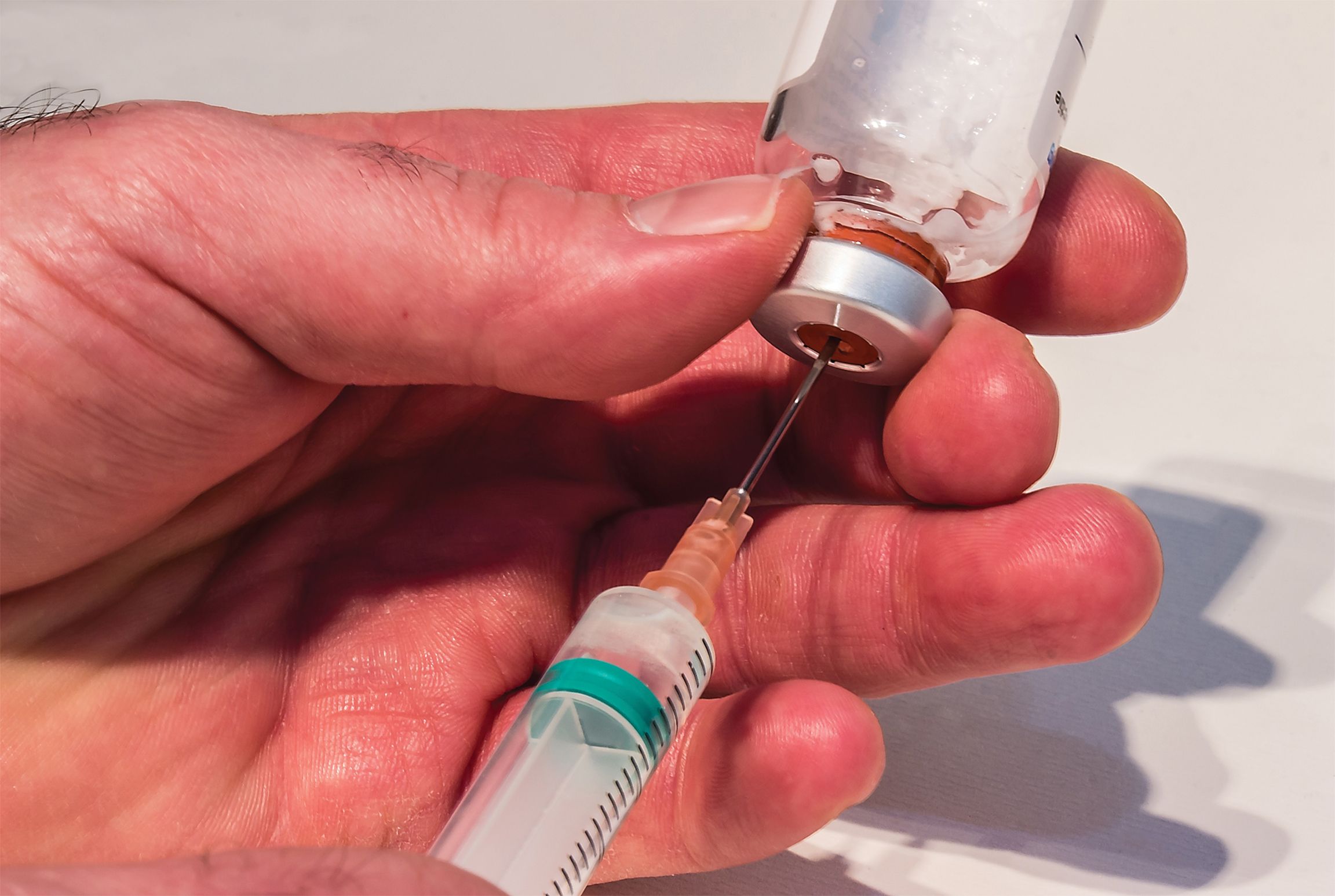Allergy to penicillin antibiotics
Nov 26, 2018

The 20th century was marked by one of the most significant medical discoveries—the development of antibiotics. However, mass production and widespread use have led to unintended consequences, most notably allergy to penicillin antibiotics.
Historical development of penicillin
The first scientific evidence of the therapeutic potential of microorganisms emerged in 1877 through the work of Pasteur and Joubert. Ernest Duchesne was among the first to observe the antibacterial properties of fungi, while Alexander Fleming discovered penicillin in 1928, identifying it as a substance that inhibits the growth of Staphylococcus bacteria.
- Penicillin was first used in human therapy in 1942.
- In 1959, 6-aminopenicillanic acid was isolated, forming the basis for the development of semi-synthetic penicillins.
What causes a penicillin allergy?
Although penicillin is known for its effectiveness and low toxicity, allergic reactions were reported as early as one year after its initial use. Penicillin can trigger all types of allergic reactions according to the Coombs-Gell classification (Types I–IV).
Mechanism of allergy development
- Approximately 5% of penicillin administered for therapeutic purposes binds to proteins in the body.
- This reaction produces a penicilloyl-conjugate, the major allergenic determinant found in all penicillins.
- Minor determinants, although formed in smaller quantities, can cause serious allergic reactions.
What types of allergic reactions exist?
Early reactions (within 1 hour of administration)
- IgE-mediated
- Most dangerous; can cause anaphylaxis
- Symptoms include:
- Rash
- Swelling
- Difficulty breathing
- Drop in blood pressure
Accelerated reactions (1–48 hours)
- Also IgE-mediated
- Most commonly present as urticaria (hives)
Late reactions (after 48 hours)
- T-cell mediated
- Manifestations include:
- Contact dermatitis
- Morbilliform rash
- Exfoliative dermatitis
- DRESS syndrome (Drug Reaction with Eosinophilia and Systemic Symptoms)
Diagnosis of penicillin allergy
A thorough medical history and clinical examination are essential for diagnosis. Key aspects to determine include:
- Timing of symptom onset after drug administration
- Type and severity of the reaction
- Concurrent use of other medications or presence of infections
Additional diagnostic methods:
- Skin tests (prick and intradermal):
- Penicilloyl-polylysine (commercially available as PrePen)
- Whole penicillin molecule
- In vitro tests:
- Radioimmunoassay (RIA)
- ImmunoCAP
- FEIA tests
- Drug provocation test:
- Performed when all previous tests are negative but suspicion of allergy persists
Therapeutic approach and choice of antibiotics
If a penicillin allergy is confirmed:
- Alternative antibiotics are recommended whenever possible.
- If treatment with a beta-lactam antibiotic is necessary, cephalosporins may be considered after a careful risk assessment.
Many reactions are incorrectly attributed to penicillin allergy. Comprehensive testing is crucial to avoid unnecessary restrictions on the use of this essential antibiotic.
Conclusion
While penicillin remains one of the most effective and safest antibiotics, its widespread and often unjustified use has led to an increase in hypersensitivity cases. Nevertheless, true allergic reactions are less common than generally believed, and fear of these reactions is frequently greater than the actual risk.
A proper diagnosis ensures the safe use of penicillin and prevents unwarranted avoidance of this important medication. Accurate medical records and appropriate testing are essential for effective treatment.
Author:
Prim. mr sci. dr med. Slobodan Vranješ
Milmedika Polyclinic – Podgorica
